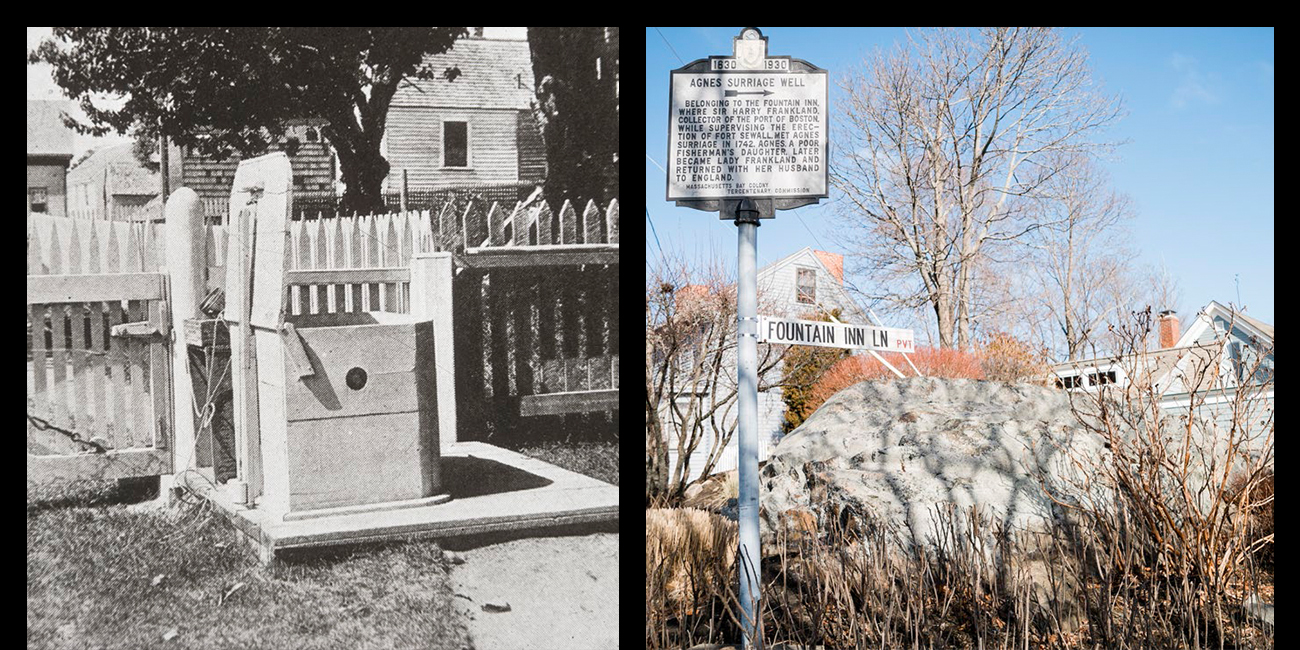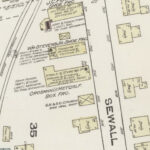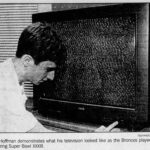In the early 1740s, there was a well at the intersection of Orne Street and Fountain Inn Lane, just off what was then the Fountain Inn. It was at this well that, supposedly, love blossomed between Agnes Surriage and Sir Charles Henry “Harry” Frankland.
Frankland himself has a complicated history, and one that is shrouded in some mystery. An 1865 book about Frankland written by Elias Nason, M.A. starts off asking whether he even existed at all (he did, by all accounts– including Nason’s). Besides being a Collector of the Port of Boston and allegedly surviving the 1755 Libson earthquake, he is most known for falling in love with a poor maid in Marblehead.
Frankland came to town during the construction of Fort Sewall and stayed in the Fountain Inn. Upon entering, he saw a maid scrubbing the floor, dressed in rags. This was Agnes Surriage. Despite her lower status and poverty, Frankland immediately fell in love with Surriage. He tossed her a coin with which to buy shoes and took to his room – but that was not the end of their interactions.
Sometime later, after getting permission from Surriage’s parents, Frankland brought Surriage to Boston, where she received an education. But with their new relationship came rumors of “improper intimacy,” as they were not married. As a result, the two moved out of the city.
The pair moved to more than 400 acres of land in Hopkinton. While they believed they escaped from controversy, they in fact took part in another: The pair owned slaves. On their new land, Frankland operated a plantation with approximately 12 enslaved people.
Due to her low social status and her unmarried relationship with Frankland, Surriage faced rudeness and disrespect from her partner’s acquaintances. However, the two eventually did marry.
Supposedly, during the earthquake in Lisbon in 1755, Frankland, in his carriage, was buried under rubble. Once Surriage found his carriage, she began digging him out and even carried him to safety. After this, it is said that Frankland decided to marry Surriage.
The rest of their lives were spent without much more incident, and the marriage gave the now Lady Frankland more respect and a higher status. The couple traveled between Boston and England the rest of Frankland’s life. After his death in 1768, Agnes lived in Hopkinton and moved to England once the Revolution began. It is not known when Agnes died.
Today there is a marker off the intersection which reads, “Agnes Surriage Well. Belonging to the Fountain Inn, where Sir Harry Frankland, collector of the Port of Boston, while supervising the erection of Fort Sewall, met Agnes Surriage in 1742. Agnes, a poor fisherman’s daughter, later became Lady Frankland and returned with her husband to England.”
Agnes is furthermore memorialized in the poem Agnes by Oliver Wendell Holmes and Edwin Lassetter Bynner’s book Agnes Surriage among other works.
The characters that were Harry and Agnes were and remain marred in controversy, between so-called improper relations and their owning of slaves. Today, nearly three centuries later, we are able to access their love, their lives– and their flaws– through such a simple structure as a well.




